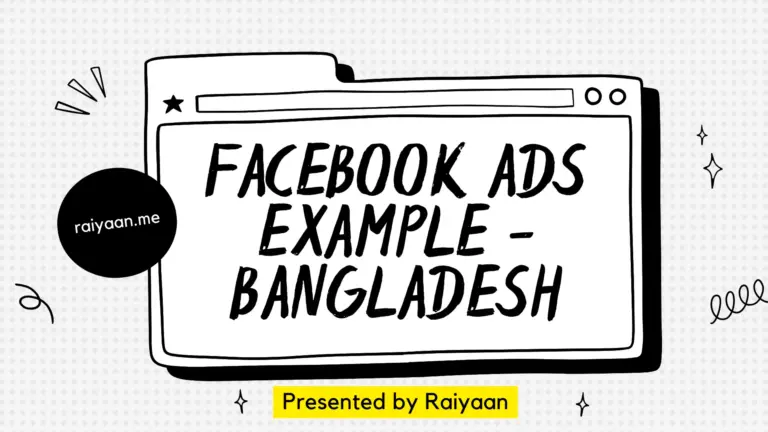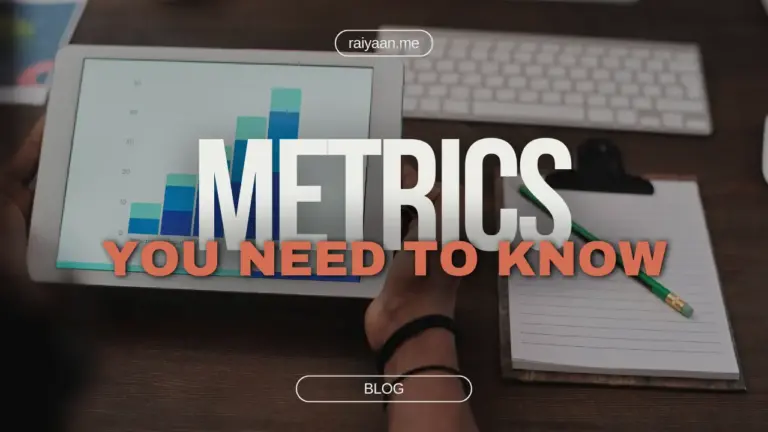A Beginners Guide to Google Ads 2024
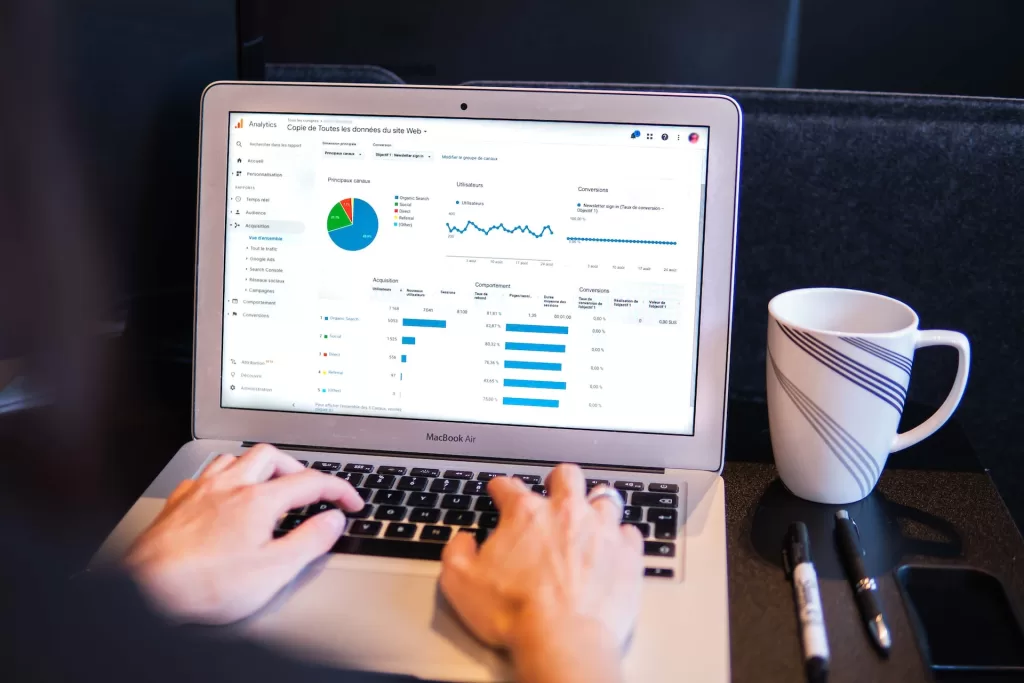
Every day I sleep, eat, work, and all. Another thing that I do is– Googling.
Google— the number one search engine of today’s world with almost 93% market share. There would be no one day you would go without using Google. Whether for searching a product, restaurant, or location, Google serves as an all-in-one superhero. Hence, Google ads and SEO are now the most popular choices for media buyers and businesses.
In this blog, I’ll be your guide to starting with Google ads. You will know what is Google Ads, Examples, How Google ads work, Types of Google ads, why advertise on Google, etc.
What is Google Ads?
Google Ads, or Google AdWords, is an online advertising platform of Google that allows marketers to display ads across Google’s ecosystem, including the search engine, YouTube, and partner websites.
You can bid for selected keywords and place your ad. Your ad will be shown to the users who search that keyword or visit related content.
Example of Google Ads
Google Search Ad:
Here is what a Google Search ad looks like for a given search:
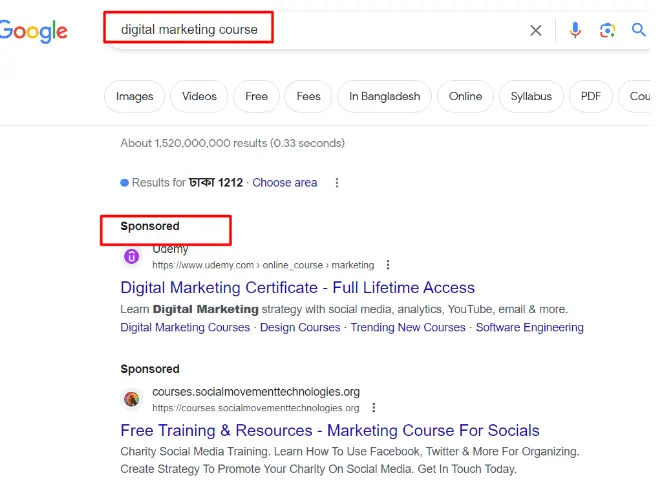
Google Display Ad
Here’s what a Google Display ad looks like:
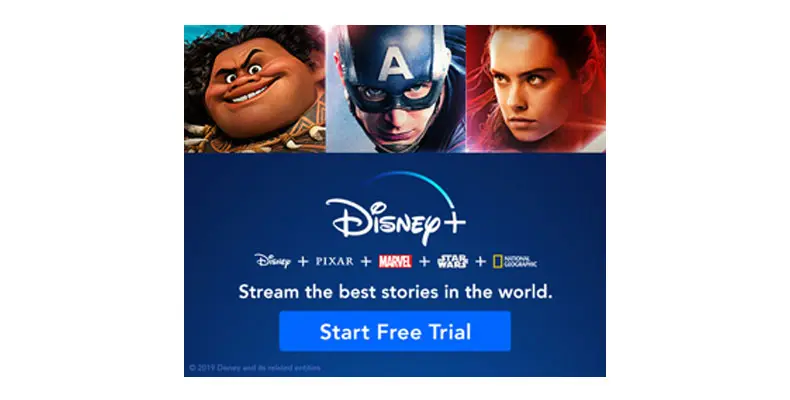
YouTube Ad
A YouTube ad will look like this:
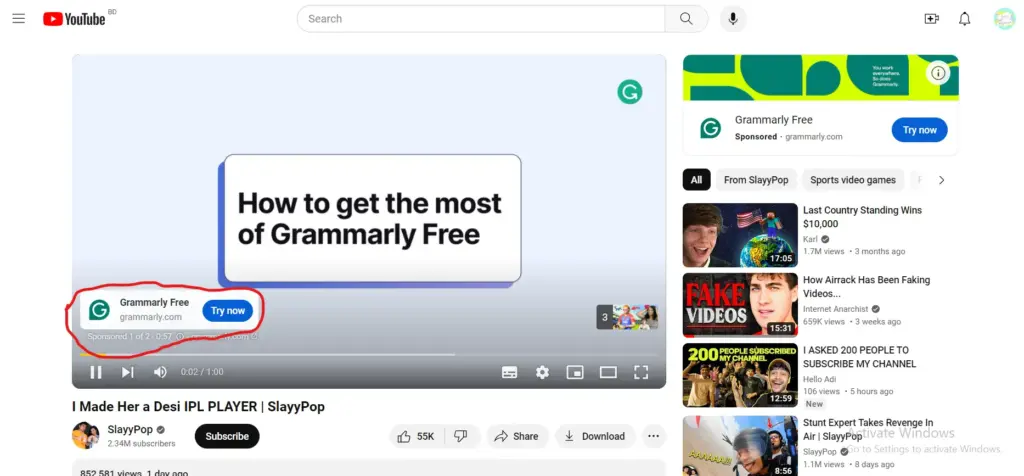
How do Google ads work?
Google ads primarily work on a pay-per-click (CPC). That means you pay a certain price every time a user clicks on your ad or your goal action.
These prices change often and depend on multiple factors. Like,
- Keyword Volume
- Competition
- Expected reach etc.
There is a term you have to understand— Bidding. It’s basically the maximum amount that you are willing to pay for a click, view, or action.
There are three types of bidding options:
- Cost-per-click: You pay for each click
- Cost-per-engagement: You pay when a user performs a certain action
- Cost-per-mile: You pay for 1000 ad impressions.
For beginners, it is smart to set your daily budget and let Google optimize your ad bidding.
Why advertise on Google?
So you want to know the answer to “Why use Google Ads?”
There are plenty of big benefits. Here are just a few.
Google’s Massive Reach
Google is the market leader in the search engine industry with almost 93% market share. Nowadays, when people have a question that needs answering their first stop is usually Google. The search engine handles an obscene 2+ trillion searches like these per year. That’s over 5 billion searches per day.
Among those are people looking for solutions to problems that your business can offer. If they’ve ever used the internet, chances are they’ve Googled the answer to something. And if you can help them find the answer, even if it’s with an ad, they’re more likely to choose you than your competitor.
Track, learn, and optimize for ROI
With Google ads you can track converstions to get unmatched audience insights. Google’s budget-optimizing automation helps you capture new customer opportunities with the highest ROI.
Control and Costs
Google Ads gives you control over how you spend your money. There’s no minimum. And you can choose how much you spend per month, per day, and per ad. You’ll only pay when someone clicks your ad.
Types of Google ads
Google offers various types of ads. Right now Google ad consists of:
01. Search ads
Location: Throughout Google search results.
Best for: Promoting webpages related to targeted keywords.
Key Features:
- Cost-efficient
- Text-based
- Highly targeted using real-time search queries
02. Display ads
Location: On millions of webpages, apps, and Google properties in the Display network
Best for: Building awareness of new markets across content formats
Key features:
- Visually oriented
- Covers 35 million+ apps and websites plus Google properties
03. Shopping ads
Shopping ads are one type of ad that can be created from your product data. In contrast to a text ad, which displays text only, Shopping ads show users a photo of your product, plus a title, price, store name, and more.
Key Features:
- Better qualified leads
- Easy retail-centric campaign management
- Broader presence
04. Video ads
In Google Ads, you can create compelling video campaigns with a range of video ad formats to engage customers in different ways on YouTube and across video partner sites.
Available video ad formats include:
Skippable in-stream ads: This type of ad shows up, before or after videos and you can skip this ad after some time.
Non-skippable in-stream ads: These types of ads don’t provide the option to skip and max out to 20 seconds.
In-feed video ads: This option is for advertisers who want to promote a video by featuring it on YouTube’s homepage, among other organic search results on YouTube
Bumper ads: Similar to non-skippable in-stream ads, bumper ads play until they end at the start of a video, but they last for only six seconds.
Outstream ads: Use outstream ads when you want to expand the reach of your video ads on mobile, helping you reach more customers.
Masthead ads: Use this format when you want to drive awareness for a new product or service or reach a massive audience in a short period, for example, at a sales event.
Key Features:
- Works for promoting products via video ads
- Can also be displayed across third-party apps, games, and websites
05. App ads
The Google Ads mobile app enhances your Google Ads experience and helps you stay connected to your campaigns
Key Features:
- Used for acquiring a new user
- Display across a wide range of advertising surfaces
- Increase app installs and engagement.
06. Discovery ads
Location: Google Discover feed, YouTube homepage and Watch Next feeds, and Gmail Promotion and Social tabs
Best for: Targeting purchase-ready users.
07. Local Service Ads
With Local Services Ads, you can advertise your services at the top of Google Search results pages and receive quality phone calls, messages, and appointment bookings in the areas you choose.
Location: Google SERP and Google Maps
Best for Advertising geographically-specific products or services to localized leads
08. Performance Max Ads
Performance Max helps you drive performance based on your specified conversion goals, delivering more conversions
Key Benefits:
- Unlock new audiences across Google’s channels and networks
- Drive better performance against your goals
- Get more transparent insights.
09. Smart Ads
When you sign up for a Smart campaign, you’ll write an ad that describes your business. You’ll also choose which keyword themes you want to target your ad and set a budget. Your ad will automatically show to potential customers across Google Search, Google Maps, YouTube, Gmail, and Google partner websites.
Key Features:
- Acts as centralized hubs for cross-channel advertising
- Prioritizes campaign-wide goals over channel-specific ads
- Targets keyword themes rather than specific keywords
Is Advertising on Google right for me?
Many media buyers or business owners don’t know if Google ads are right for their business. Before making this decision for your business, you have to consider some factors:
Business Goals
The first important step is to set business goals according to the product. Google ads will help find new customers and generate leads. Google ads are great for anyone who wants to increase awareness of a practice, treatment, or new technology you may have acquired. There are versatile tools to drive traffic to your website
Campaign Goals
Another important question you need to ask yourself is— What is your campaign goal? Like deciding what you want to achieve from a specific campaign, such as sales, views, awareness, etc.
Google ads work best for demand capture. If a user is searching ‘mobile phone’ it may signal that the user is interested in purchasing one.
Target Customer
Choosing advertising platforms also requires thinking about which platform your target audience prefers. Suppose you have a product whose target audience spends most of their time on Facebook and mostly purchases from there. Then it is best to run Facebook ads.
If your target audience Is most likely to purchase from Google, Then You should consider running Google ads. You can read more about in my blog ‘Google Ads vs Facebook Ads“
Cost-Effectiveness
Google ads can be more competitive and costly for some keywords. If you’ve got some money to spare and don’t mind potentially losing that money, Google Ads is right for you. As the old saying goes, you never know if you don’t try.
Google Ads can work for almost any business. It’s just a matter of trial and error.
If the keyword is competitive or has a high CPC, and your budget is low, then there may be better decisions to invest the money.
References:
About Shopping ads – Google Ads Help
About video ad formats – Google Ads Help
About the Google Ads mobile app – Google Ads Help
About Performance Max campaigns – Google Ads Help
Google Ads – Get Customers and Sell More with Online Advertising
Google Ads is an online advertising platform where advertisers pay for their ads based on a pay-per-click model.
Google Ads is used to promote businesses, products, or services through targeted online advertising on the Google search engine and its affiliated platforms.
Google Ads encompass various types, including Search Ads, Display Ads, Shopping Ads, Video Ads, App Ads, and more, each serving specific advertising purposes.
Beginners can start with Google Ads by setting a daily budget, understanding bidding options, and letting Google optimize ad bidding to reach potential customers effectively.

